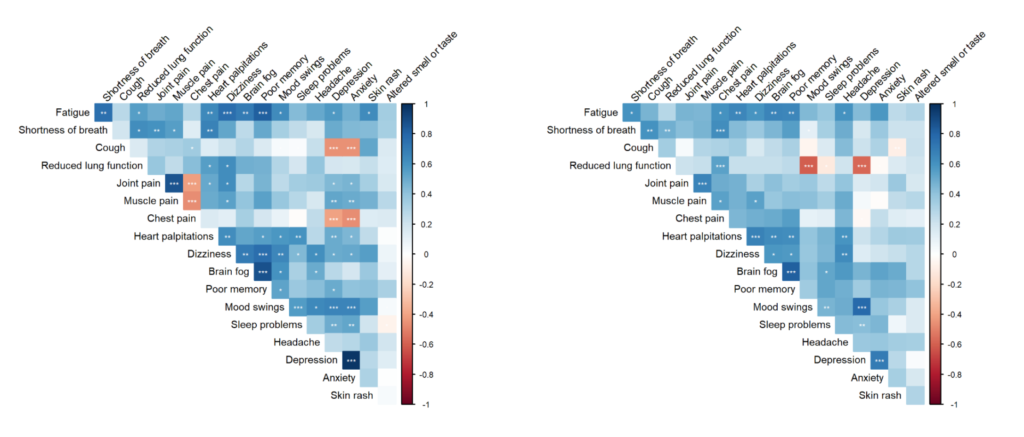Pathology
There has been a lot of discussion of Omicron being more mild, and there being a “decoupling” of case rate and hospitalization/death rate, but it was hard to tell because hospitalizations and deaths lagged.
It also varies by the demographics of the local population and how much prior (partial) immunity the population has. One problem with extrapolating from the South African data to Canada is that the population was WAY younger in South Africa than in Canada. (It’s also summer there now, which might confound things.)
Well, it has been long enough that we can see how the UK and USA are doing.
This web page indicates that there has been very strong decoupling of cases from hospitalizations and deaths in the UK. Note that the cases/hospitalizations/vents/deaths have been shifted along the X axis:

In the USA, this article says there is a much smaller decoupling of deaths, even in well-vaccinated Boston (~76% of total population with one dose and ~69% fully-vaxxed, compared to BC’s ~86% with one dose and ~80% with two).

The people getting hospitalized are almost all the unvaccinated:

However, there are still a shitton of people going into the hospital. A small percentage of a very large number is still a very large number.

On the other hand, this tweet points out that there was still a lot of Delta in the US in mid-December, so we might still be seeing more-severe Delta in the US charts. Sigh.
This Twitter thread from France (in French) says that 19% of Delta patients in hospital but 42% of Omicron patients stayed in hospital for less than one day.
Vaccines
This big study from Washington State found that people who got two shots of Moderna had about a ~26% lower risk of COVID-19 infection than people with two Pfizer doses.
Babies
This report says that people stopped having kids early on in the pandemic:

Some of the drop appears to be from unemployment:

and some from COVID incidence:

Long COVID
This study (from October 2021) from Norway found that:
- 18.1% of people who had had severe COVID-19 reported brain fog, while 9.2% with mild illness did.*
- 19.5% of the people who had had severed COVID-19 reported shortness of breath, while 6.9% with mild illness did.*
- 23.5% of people who had had severe COVID-19 reported altered smell or taste, whle 16.0% with mild illness did.*
- 14.1% of women who had had COVID-19 had heart palpitations, while 4.9% of men did.*
- 56% of patients still had symptoms after 11 to 12 months.
- There were two correlated clusters of symptoms. One cluster had brain fog, poor memory, dizziness, heart palpitations, and fatigue. The other cluster had shortness-of breath and cough.
*I am not sure if these symptoms were after one to six months or after 11-12 months.

Testing
This article says that both the USA and Canada are warning people not to swab their throat for rapid antigen tests because that’s not what the manufacturer recommends. However, this preprint found that for Omicron, saliva works better than nasal swabs.
This preprint says that BinaxNow/Panbio rapid antigen tests administered by “certified lab assistants” caught 95% of high viral load Omicron cases.
